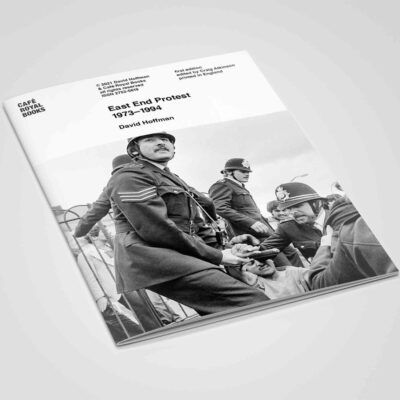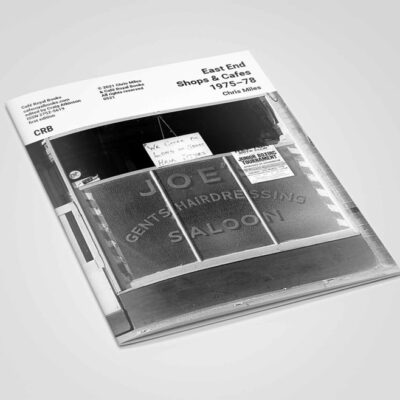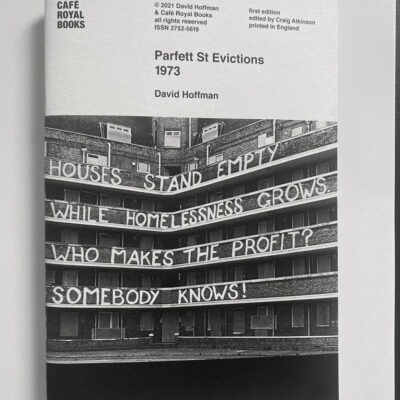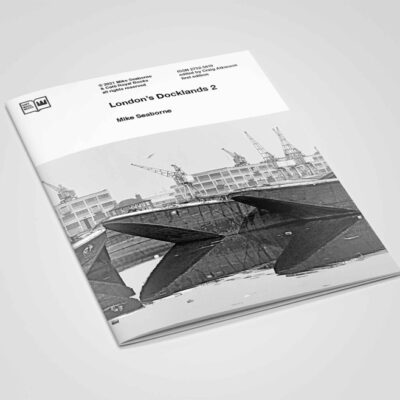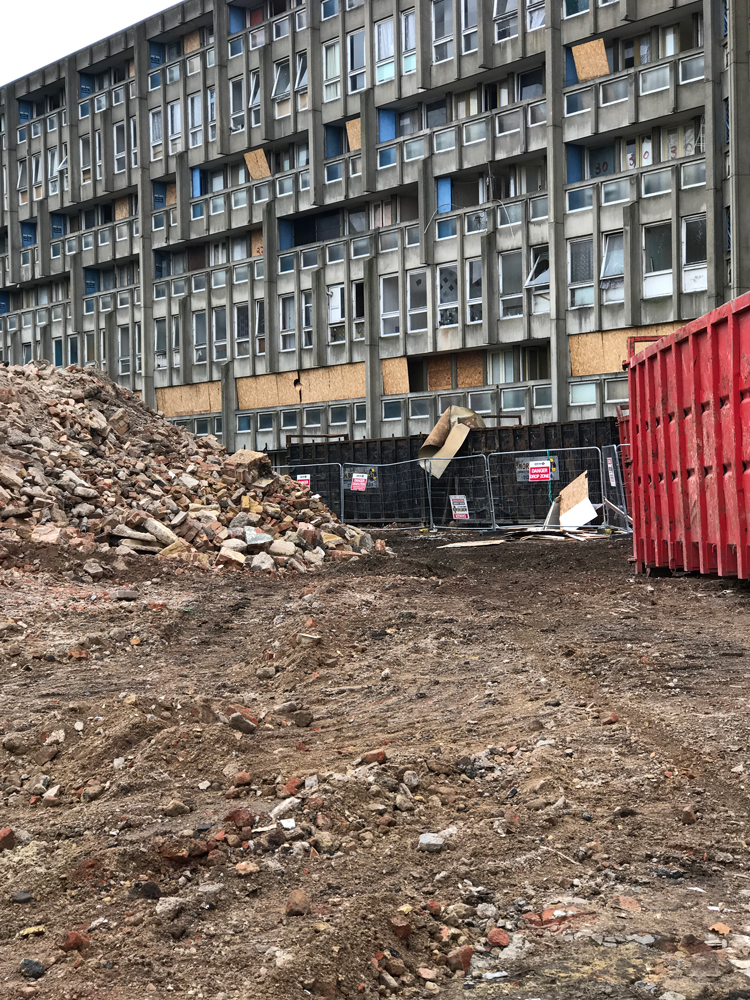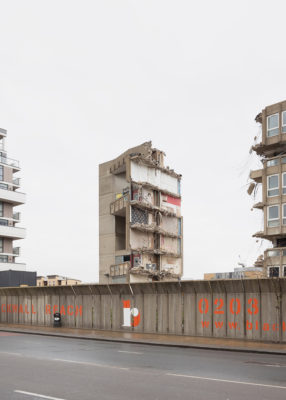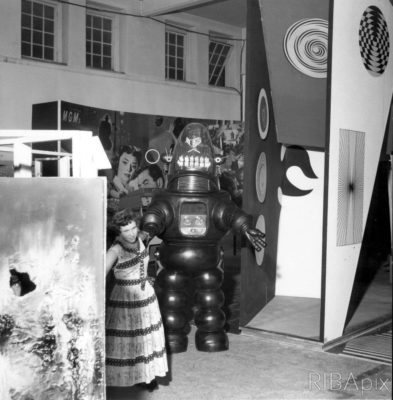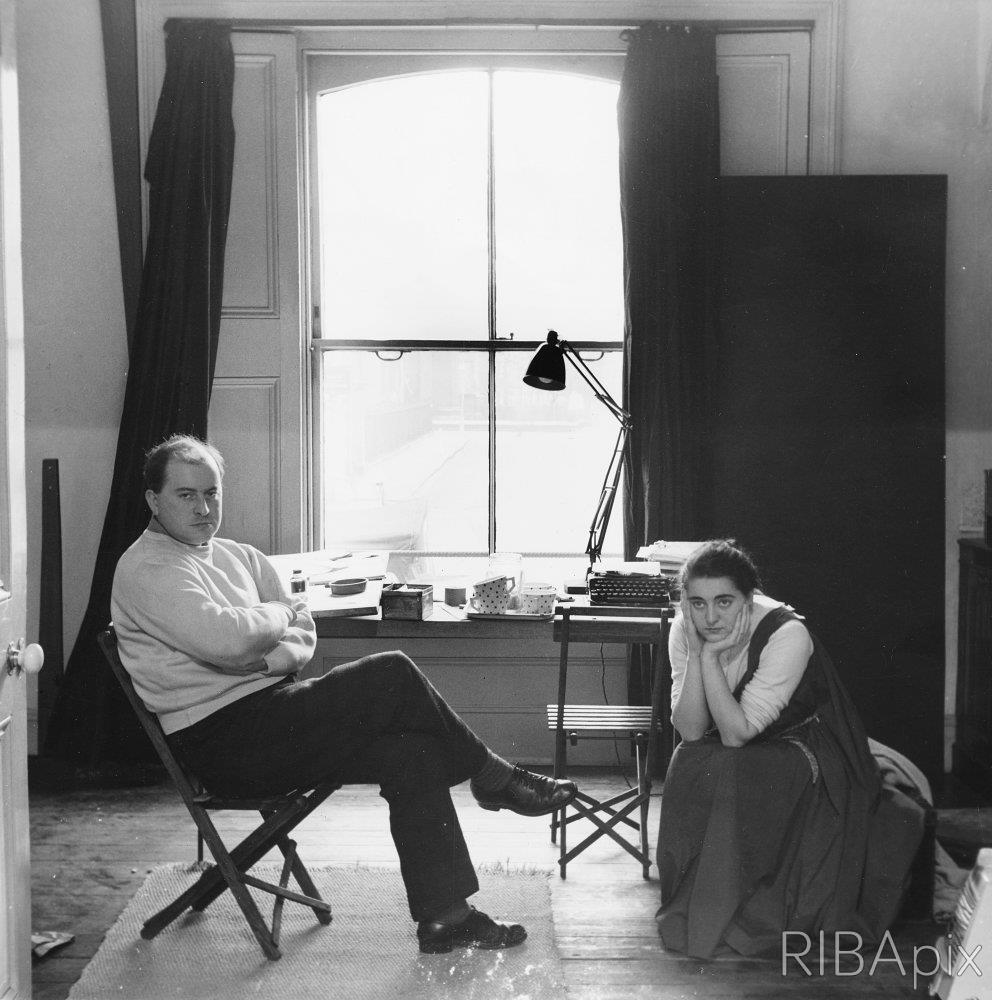
Alison and Peter Smithson
Husband and wife team, Alison and Peter Smithson were English architects whose role in the development of brutalist architecture in England should not be underestimated. Alison Gill, 21, married Peter Smithson, 26, in 1949 and more or less immediately they worked together in the Architectural offices of the London County Council. Arguably they were in the right place at the right time early in their careers – a time of growth and post-war rebuilding. They received their first personal significant commission to build Hunstanton Secondary Modern School in Norfolk, England more or less immediately in 1949 which they completed 1954. Receiving such a weighty commission so early in their career allowed them the opportunity to open their own practice far earlier than perhaps they otherwise would have.
Groundbreaking in their thinking about postwar urbanism in Britain, their design for Hunstanton School whilst revolutionary in elements and loved by their fellow professionals, appears to have been hated by the people actually using the building. It was beset with technical failings, notwithstanding, there was, in architectural circles, a recognition that the design mattered and that the Smithsons were a force to be reckoned with, the architectural duo were determined to shake up the status quo locally and internationally.
Reyner Banham wrote in his 1966 book, The New Brutalism: Ethic or Aesthetic? that Peter and Alison Smithson were
‘the bell-wethers of the young throughout the middle Fifties’
They entered the competition to build Golden Lane Estate in 1951 which was ultimately won by Geoffry Powell who fulfilled his promise that if he did win the competition, he would share the commission with his fellow lecturers from Kingston School of Art, ‘Joe’ Chamberlin and Christoph Bon to build the estate, forming Chamberlain, Powell and Bon.
In 1953 Alison and Peter Smithson became leading figures in the newly formed Team 10 (sometimes called Team X) a group of young architects coming to prominence in the postwar era. Team X members included a roll call of young guns shaping a new world, its members included Jerzy Soltan, Oswald Mathias Ungers, Shadrach Woods, Jacob Bakerma and Aldo van Eyck.
Created in response to the behaviour of the old guard 0f the Congrès Internationaux d’Architecture Moderne (CIAM), the 1953 9th Congress was a watershed moment. CIAM which had been formed by 34 key modernist architects and designers in 1928 was hugely influential, it regrouped after WW2 with its first meeting in Bridgewater, Devon. Senior figures such as Corbusier took a leading role at a time when Europe needed to be rebuilt after the devastation wrought by bombing and the reconfiguring of borders. However, they were slow to recognise that their world had changed profoundly and by the 9th Congress in 1953 the new younger members wanted tangible change and recognition of their views. Creating the breakaway group Team X was a brave move on the part of the Smithsons and their supporters.
btw…Corbusier’s unhappiness increased and ultimately he left CIAM two years later in protest of the wide use of the English language at meetings, by 1959 CIAM had fallen apart.
Team X presented their Doorn Manifesto in 1954 in Holland, one of its declarations was that a house could no longer be considered an individual unit but instead part of the whole community where house and community were continuously interacting with each other. In the longer term within Team 10, there was a conceptual split with one group, of which the Smithsons were aligned, becoming known as the New Brutalists and the others including Jacob Bakerma, considered Structuralists.
Back in the UK, the Smithsons were writing, their views on urbanism published however they were being offered a limited number of commissions, they remained opinion dividers, a favoured publication was Architectural Design. Important books they published included The Charged Void Architecture, Without Rhetoric: An Architectural Aesthetic. Ordinariness and Light and The Shift.
Three years later at the 10th congress of CIAM in 1956, the year in which they designed Sugden House in Hertfordshire and they had caught the public attention with their moulded plastic House of the Future for the 1956 Daily Mail Ideal Home, their split with CIAM was complete and this was to be CIAM’s last Congress.
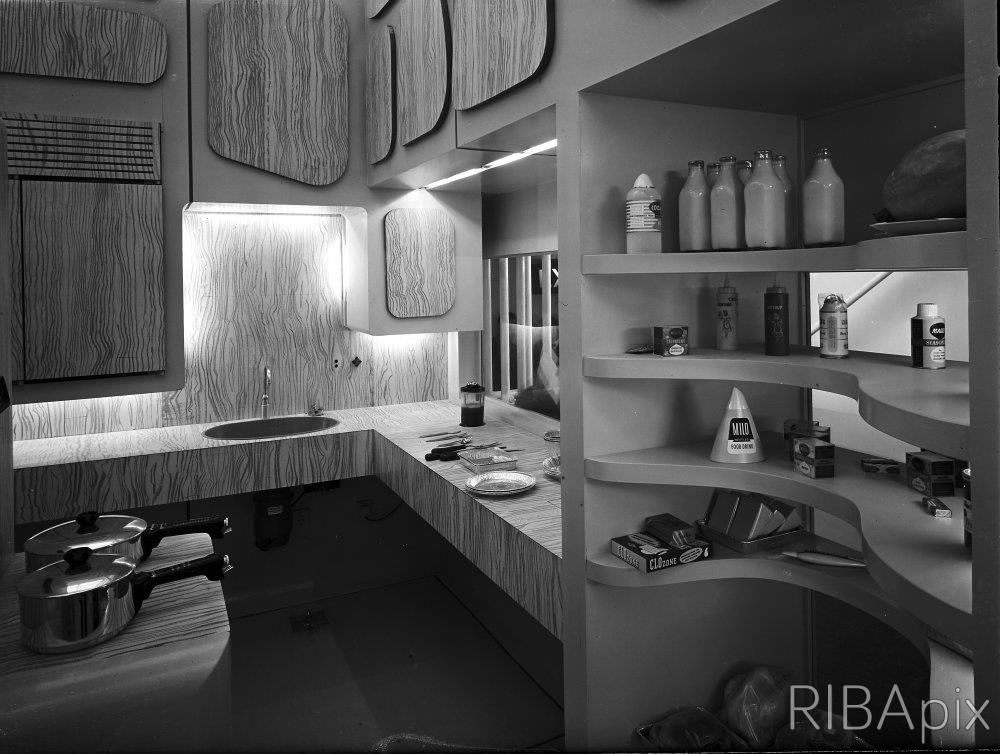
House of the Future: Daily Mail Ideal Home Exhibition 1956 John McCann / RIBA Collections (a vision of what a home might be like in 1980)
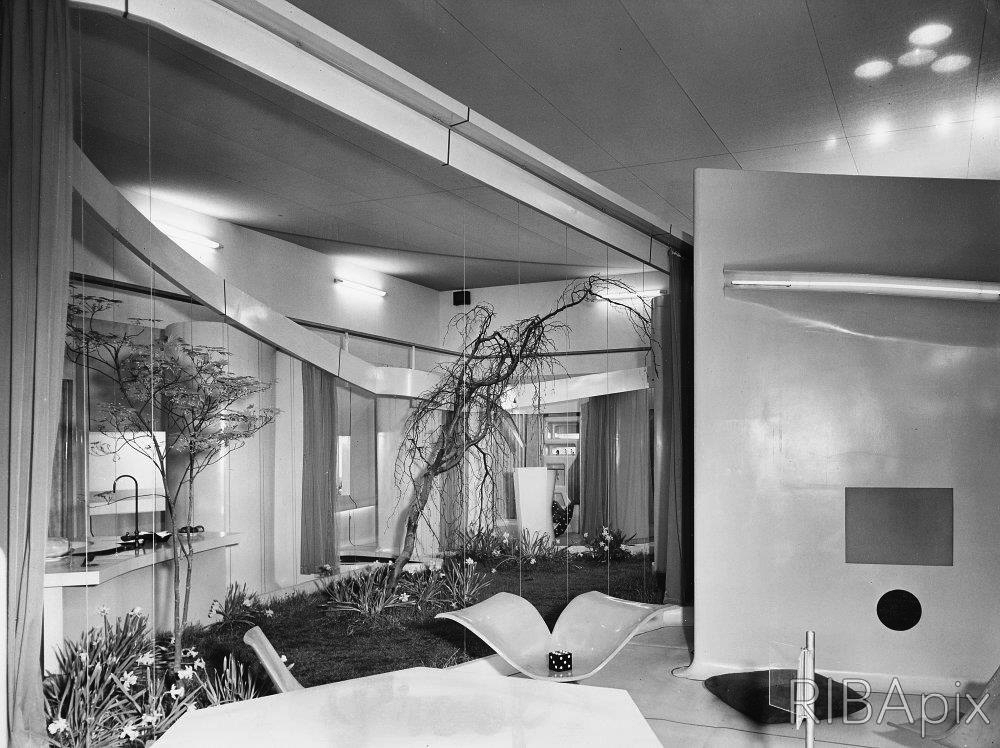
House of the Future Interior View With Patio Garden Architectural Press Archive / RIBA Collections Image John Pantlin
In August 1956 they took part in This Is Tomorrow a groundbreaking collaborative exhibition at the Whitechapel Gallery curated by Brian Robertson, it featured 12 groups, the Smithsons were in Group 6 together with Nigel Henderson and Sir Eduardo Paolozzi. Each group were given £50 to spend as they wished, they created a three-walled space with sand underfoot and a corrugated plastic roof, with carefully laid out found objects.
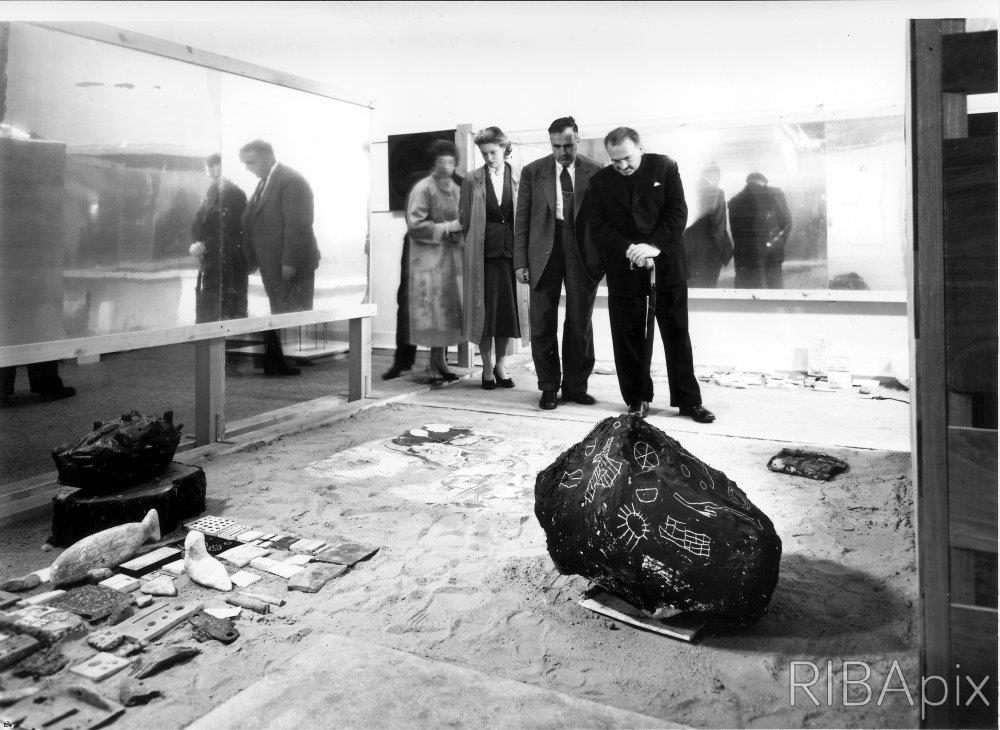
This Is Tomorrow Group 6 ‘Patio and Pavilion’ John Maltby / RIBA Collections
Meanwhile, Team 10 was continuing to grow in influence and had its first formally documented meeting in Bagnols-sur-Cèze in 1960. Peter and Alison Smithson were present.
In 1962 the Smithson’s were commissioned to build The Economist group of buildings (for the magazine of the same name) just off of Haymarket, London which was completed in 1964. It is a group of three towers in the heart of Piccadilly including both office and residential space. Made of Portland stone, it has been Grade 11 listed since 1988.
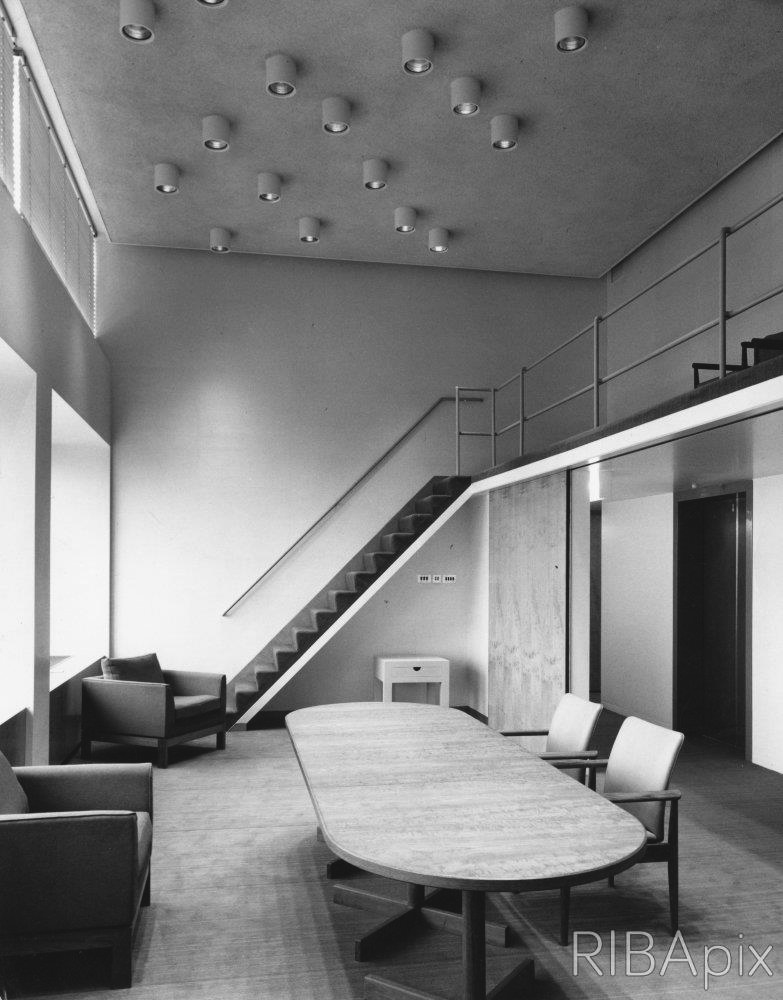
Interior of The Economist Building 1964 Architectural Press Archive / RIBA Collections Photo Bill Toomey
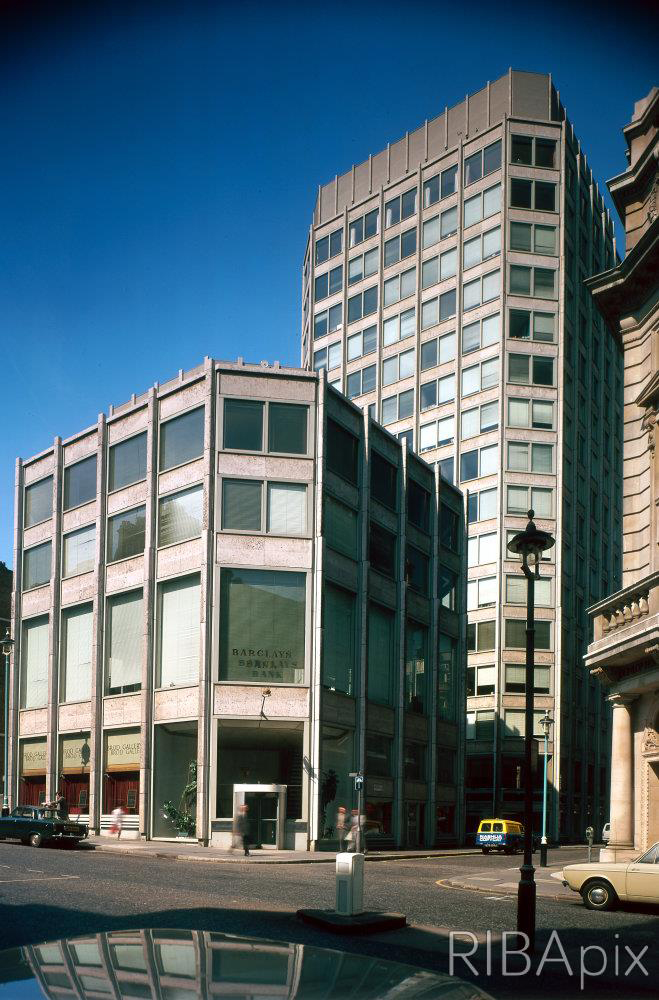
The Economist Building Exterior 1965 John Maltby / RIBA Collections
The Garden Building at St Hilda’s College Oxford in 1967 followed and Robin Hood Gardens housing estate in Poplar in 1972 for the Greater London Council, the GLC.
It is Robin Hood Gardens, that has given the Smithson’s wider name recognition, as it became the subject of a passionate fight involving architectural historians, architects including Richard Rogers, Zaha Hadid and Robert Venturi, conservationists and the London Borough of Tower Hamlets. It also made many people really look at how local authorities were treating social housing. Were estates being allowed to fall into an unacceptable level of disrepair in order that they could be offloaded to private developers at a time of acute housing shortage?
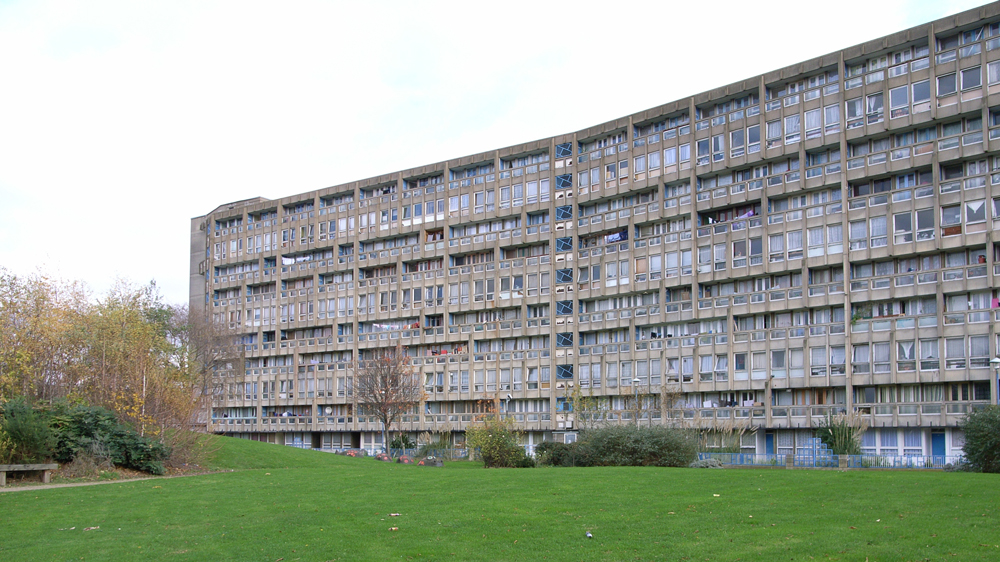
Robin Hood Gardens Photo Steve Cadman CC BY SA 2.0
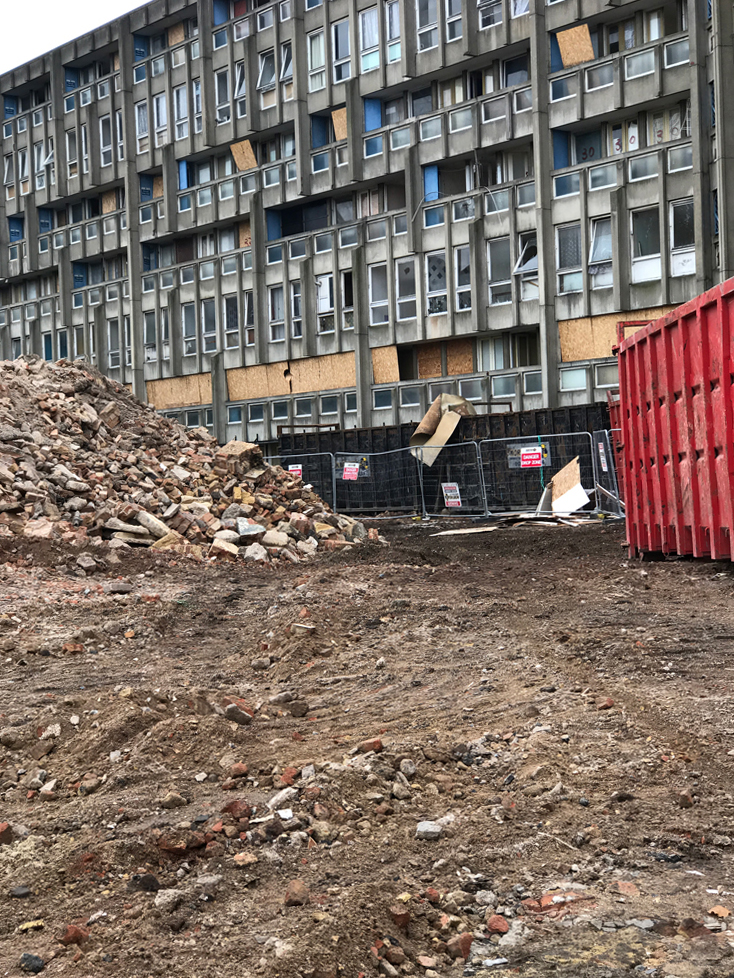
Robin Hood Gardens was a social housing estate in the heart of the East End which was misunderstood more or less immediately. Tenants from across the borough were rehoused in Smithson’s vision, often they had come from houses and flats that had suffered from bomb damage in areas that now desperately needed reinvestment. However, that did not mean they were ready to feel isolated in concrete blocks. They had not been schooled to understand that this was part of a future dream with ‘walkways in the sky’, they missed the neighbourliness of the old east end, they missed seeing their children moments from the front door playing in the street or chatting to a neighbour in the front garden or on the landing of a small block of flats. The Smithsons housing concept was configured in a way they barely recognised. From early on its bold brutalist raw concrete landscape, loved by fans of brutalism, became the site of poor upkeep and rising vandalism. When repairs were ignored, the upkeep of common parts allowed to slip and drug and petty crime became an out of control situation, the Smithson’s design was blamed. Design elements intended to foster relationships between neighbours instead did the opposite. There is a very strong argument to say that had the local authority cared for the estate properly, addressed issues of vandalism and repairs in a timely fashion the estate would not have entered the downward spiral that ended in it being sold to developers.
Of course, we know that to make an estate a success there are so many factors at play and an important component is sustained input from the local authority and respect for the tenants quality of life. If a lift is broken or a walkway unlit and tenants feel unsafe this fundamentally breaks down the social cohesion of an estate. The Smithsons could not have resolved these issues alone – they were not designed faults. The social problems were later resolved but unfortunately, the local authority had by this time something else in mind for the estate.
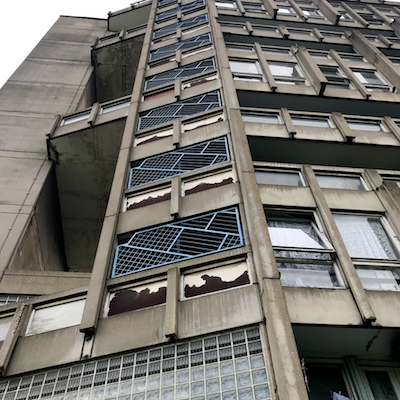
Robin Hood Gardens during demolition © Greyscape
Today the Smithsons design is recognised internationally as an important example of Brutalist architecture. Tragically and despite magnificent efforts, it is being demolished to make way for housing supposedly more contusive to a developers’ 21st-century vision.
In 2003 the Smithsons’ last project was working on the development of Tecta House in Lauenförde Germany for Axel Bruchhauser.
Celebration of the work of Alison and Peter Smithson is well overdue, nearly fifty years after the creation of Robin Hood Gardens. The husband and wife design duo’s role in shaping post-war British has finally been recognised. In 2018 the V&A acquired a three-storey section of Robin Hood Gardens in recognition of its importance as a ‘defining example of Brutalist architecture and social housing,’
Alison Smithson 1928-1993
Peter Smithson 1923-2003
The Smithson’s Image Architectural Press Archive / RIBA Collections Photographer Sam Lambert








